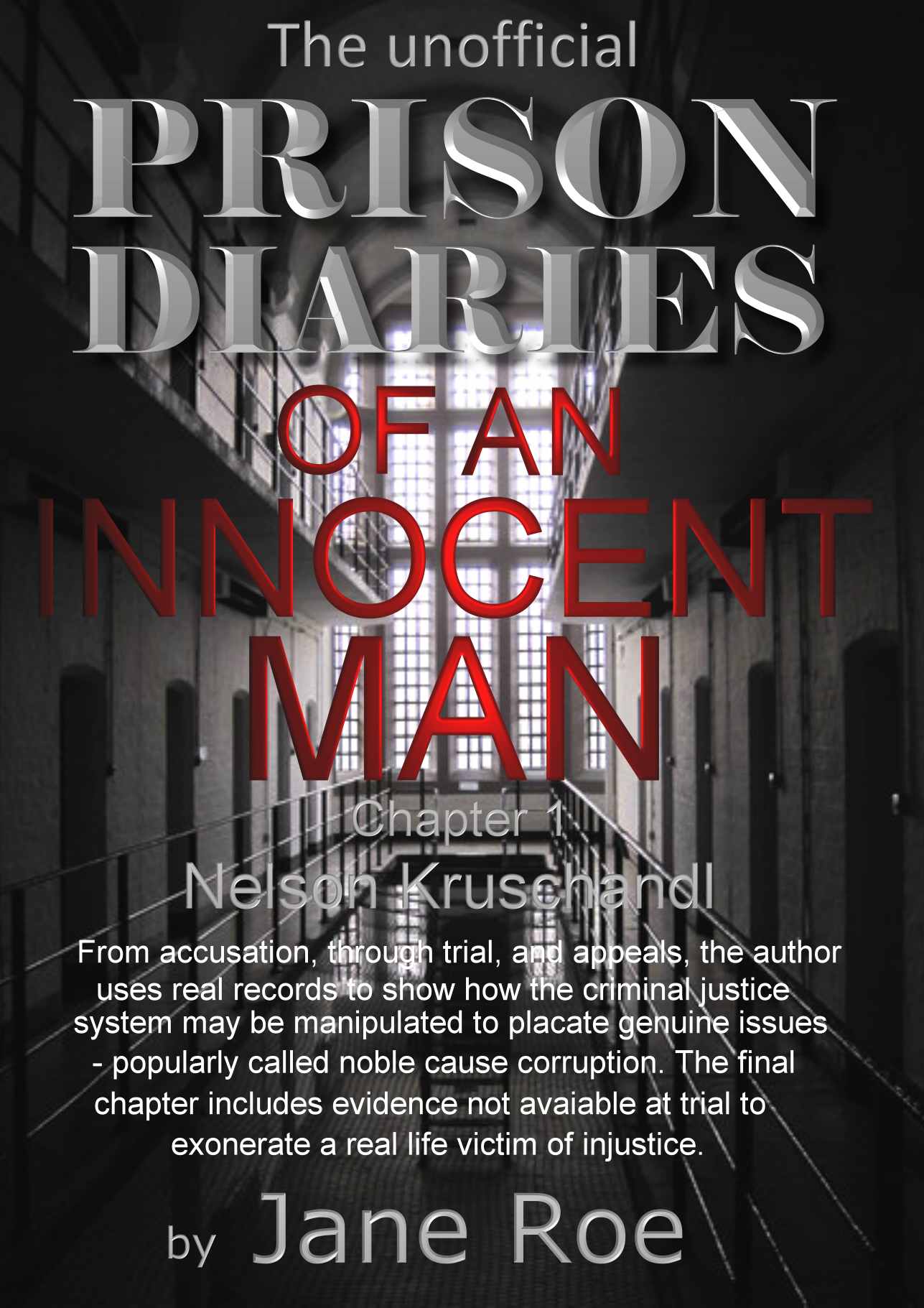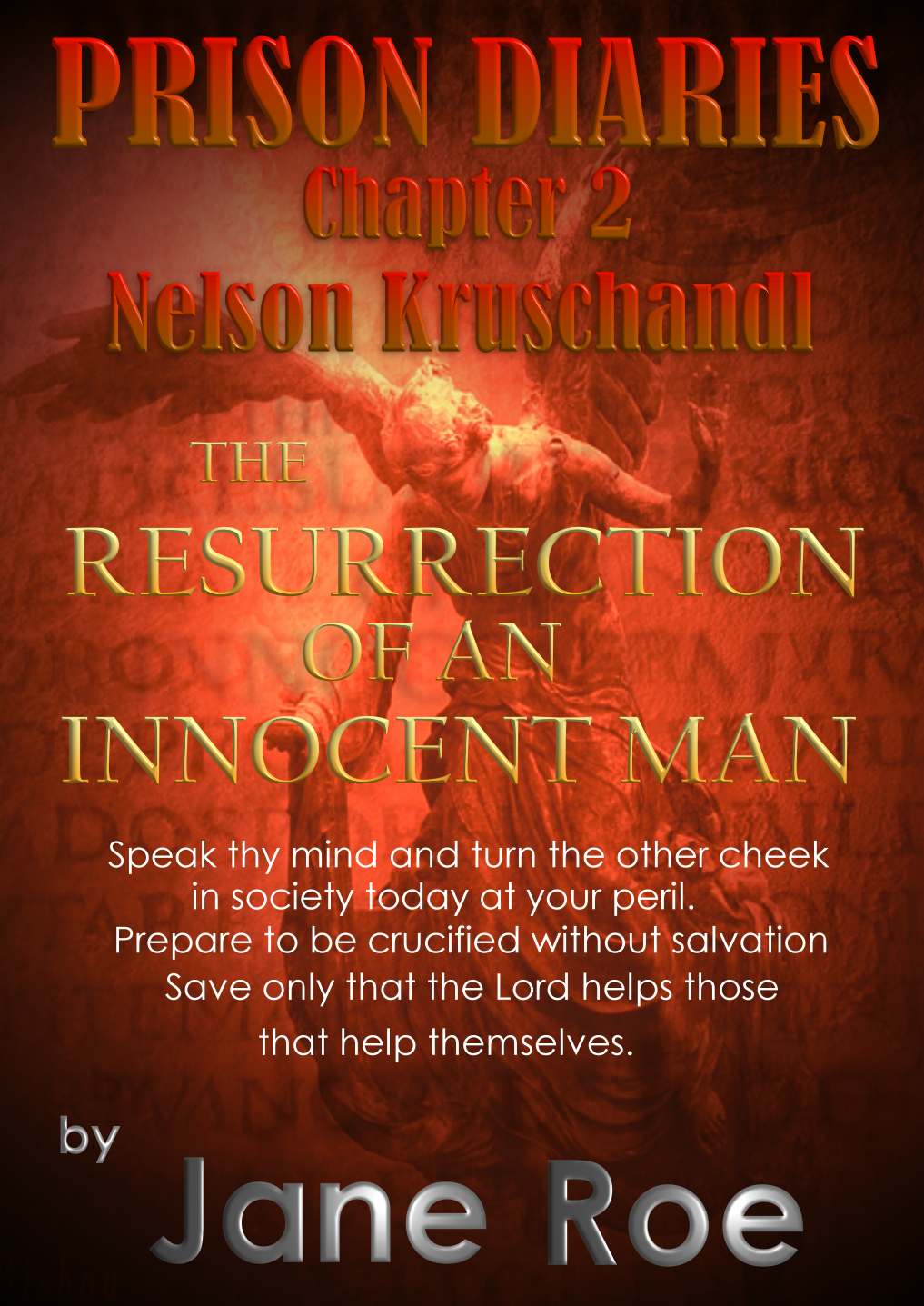|

RESURRECTION
The New Testament accounts of the resurrection and ascension of Jesus, state that the first day of the week after the crucifixion (typically interpreted as a Sunday), his followers encounter him risen from the dead, after his tomb is discovered to be empty.
The resurrected Jesus appears to them that day and a number of times thereafter, delivers sermons and commissions them, before ascending to Heaven. When the tomb is discovered empty (Matthew 28:5, Mark 16:5, Luke 24:4 and John 20:12) his followers arrive there early in the morning meet either one or two beings (either men or angels) dressed in bright robes who appear in or near the tomb. Mark 16:9 and John 20:15 indicate that Jesus appeared to Mary Magdalene first, and Luke 16:9 states that she was among the Myrrhbearers.
After the discovery of the empty tomb, the gospels indicate that Jesus made a series of appearances to the disciples. These include the well known Doubting Thomas episode and the Road to Emmaus appearance where Jesus meets two disciples. The catch of 153 fish appearance includes a miracle at the Sea of Galilee, and thereafter Jesus encourages Peter to serve his followers.
The final post-resurrection appearance in the gospel accounts is when Jesus ascends to Heaven. Luke 24:51 states that Jesus "was carried up into heaven". The ascension account is elaborated in Acts 1:1–11 and mentioned 1 Timothy 3:16. In Acts 1:1–9, forty days after the resurrection, as the disciples look on, "he was taken up; and a cloud received him out of their sight." 1 Peter 3:22 describes Jesus as being on "the right hand of God, having gone into heaven".
The Acts of the Apostles also contain "post-ascension" appearances by Jesus. These include the vision by Stephen just before his death in Acts 7:55, and the road to Damascus episode in which Apostle Paul is converted to Christianity. The instruction given to Ananias in Damascus in Acts 9:10–18 to heal Paul is the last reported conversation with Jesus in the Bible until the Book of Revelation was written.

They
crucified him. The local police produced evidence at his trial that was guaranteed
to convict him, then made sure the local
press
published details of his conviction
so that nobody would believe
his revelations about corruption in local government. The so-called forensic
evidence turned out to be junk science, a natural feature that was
understood in the USA to be just that - had not found its way into UK
guidance. Presented in court as controversial, what the Crown's expert meant
was that US studies did not accord with UK studies at the time. Two months
after the trial the UK studies recognised the US studies. The victim of this
injustice would not learn that until three years into his sentence. The CCRC
did not tell him about the cases they had referred to the Court of Appeal -
and in his case, they turned a blind eye. This is a true story based on
official documents. Not to be published until after the subject's appeals in
Europe are heard.

His barrister didn't show the jury the accused' diaries, he should have, because the girl's mother reminded the accused to send Valentines cards every year - which she, err, seems to have forgotten to mention to the court.
She also forgot to tell the prosecution about the existence of her own diaries. These diaries reveal that the accused was not alone with the
girl as she had claimed. Why do you suppose her mother might hide this information?
The accused was instructed not to venture why the girl should make up her story by his barrister, but of course he has a good idea. Sadly, that cannot be revealed just yet for legal reasons. He did say he could forgive a 15 year old for some kind of unthinking hormone driven revenge for not doing what she had wanted, but not a mature woman - who would have known better. The accused had refused to get together with the girls mother. The girl wanted the accused to get together with her mother. It's an or-else situation and the accused was threatened - which information the defence lawyers failed to introduce - despite instructions to the contrary.
Local newspapers breached a Court Order prohibiting publication, and published mid-trial, which to us seem the most damaging time to publish, to virtually guarantee conviction. Nearly all the local papers published at the same time - in orchestrated fashion - obviously from a shared source; presumably the reporter attending. Is that responsible reporting?
Once they had convicted the victim of this injustice, the Crown tried to prevent him publishing his story. Why would they do that? Fortunately, Judge Cedric Joseph (this was his last case) was persuaded by barrister Michael Harrison, that that would breach the chaps human rights. The Judge agreed, subject to not naming the girl or her mother.
We think that the Crown's reluctance is to do with the way they obtained their conviction. It was based on medical testimony, which itself was based on out of date guidance from the Royal College of Paediatric and Child Health from 1997. New guidance was issued in 2008, just one month after the trial. Why did the Crown not wait the extra month before going to trial? Well, we know the answer to that, the new guidance confirmed that certain internal marks are naturally occurring. The prosecution told the jury (or, rather, allowed their pet witness to say it for them - which amounts to the same thing) that they were supportive of the allegations - which was a deception on the part of the Crown.
They Crown had kept the defence waiting for more than 18 months and delayed matters by refusing to hand back vital computer information that they'd confiscated - claiming they might find pornographic images. Of course the Crown were just making this up and instead of letting the jury know that
all of the accused' computers were image free, the Crown refused to confirm the results of their investigations! Don't you think the jury should have known that this mans' computers were clean?
You'll have to wait for the subject's appeals in the ECHR to conclude before this book is published. Maybe then we'll see an official version in 2016/2017? European appeals take 4 years on average, from the date of lodge. But first you have to exhaust any domestic remedy. He has finally, as of February 2013.
This man served nearly four years for a crime he did not commit. If you would like to know more about this developing story, please Contact Us.
LINKS
and REFERENCE
GNU
free documentation license
http://en.wikipedia.org/wiki/Resurrection_of_Jesus
http://en.wikipedia.org/wiki/Jesus_Christ
|

